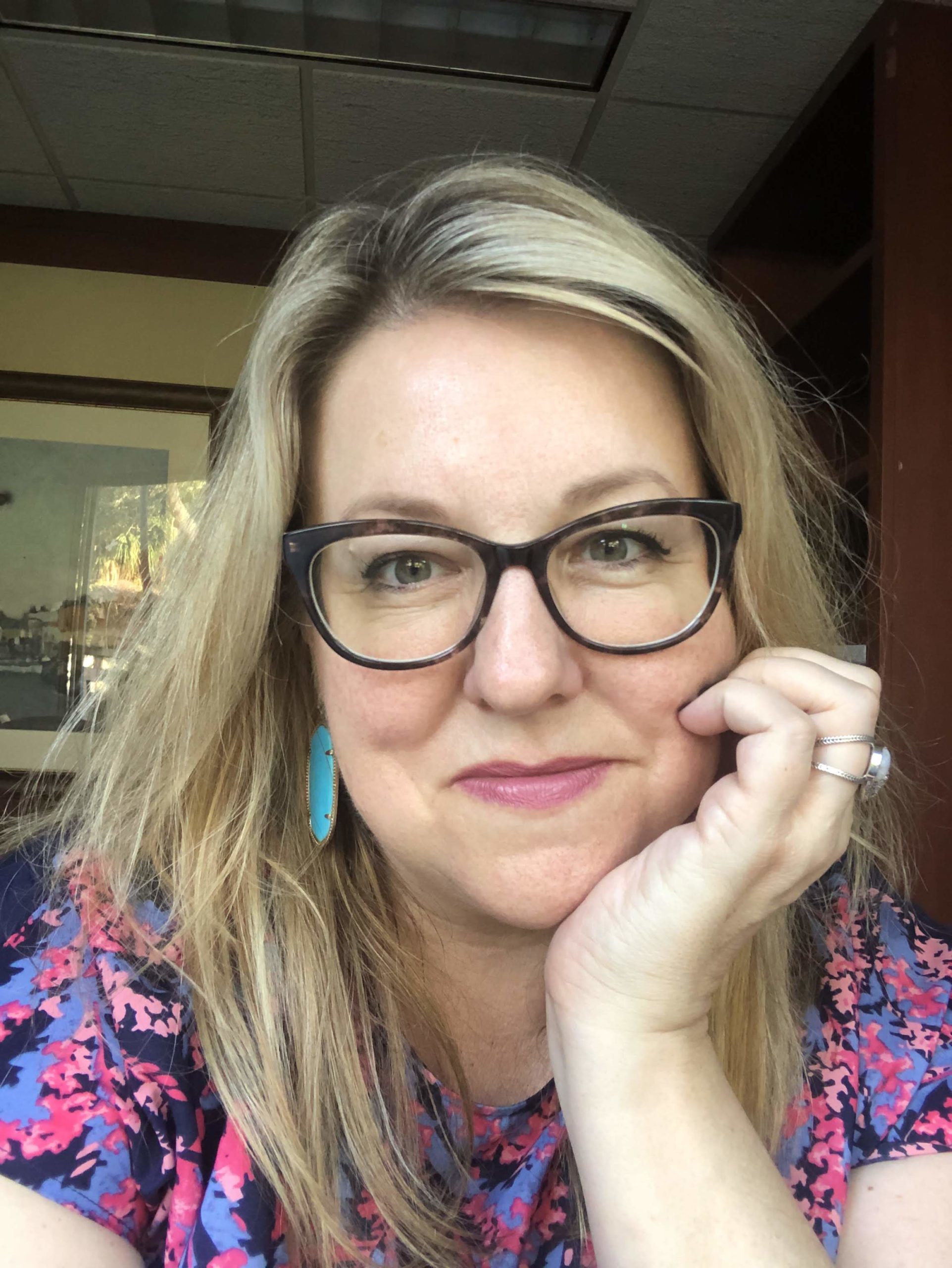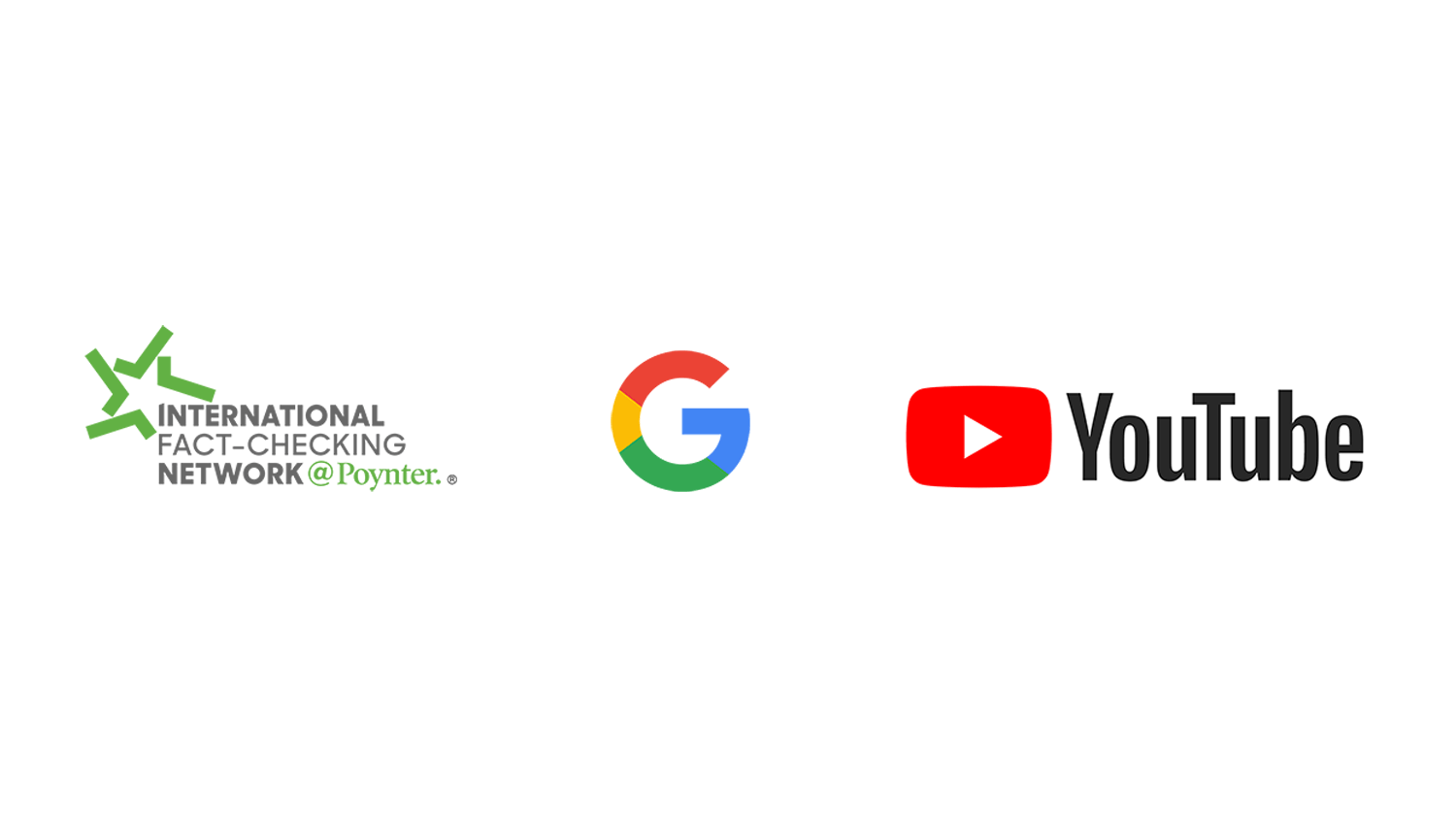Alma Matters is a Poynter newsletter designed to provide ideas, news and insight to those in the journalism education community. Subscribe here to get Alma Matters delivered to you.
Anybody else struggling to give advice to student journalists about their social media?
Like many professional journalists with more than a few years of experience, I lean toward not only a traditional separation of church (personal feelings) and state (professional work), but also the sense that there’s a right answer out there — if only I can find it.
This week, I’m starting to think I’m wrong on both counts.
The legacy media view that personal opinions should remain strictly out of social posts was reiterated this week during a webinar featuring financial journalism giants Will Lewis and Lionel Barber. Barber said, “They (journalists) are essentially seeing (their social media pages as) their own platforms, and it’s definitely comment.” (Comment being opinion in British journalism-speak.)
Lewis added, “Just stop it – it’s unbecoming of the organizations you work for … We have to get people to tighten up. …. And for those of us that have given our professional lives to the belief that facts trump everything, this is a very challenging time.”
We know this refrain: Keep your opinions off your timeline.
But up-and-coming journalists are increasingly balking when they are informed that, according to “the industry,” their race and gender identity are “political issues” — not to mention the implications of living through an international pandemic.
For many emerging journalists, issues labeled by legacy media as “political” are simply the facts of their existence.
So how do we provide practical and useful advice to student journalists whose timelines will endure long after they’ve left college?
I went digging this week in an attempt to educate myself and perhaps find something helpful.
Here’s The New York Times’ social policy. Most helpful takeaway: “Social media presents potential risks for The Times. If our journalists are perceived as biased or if they engage in editorializing on social media, that can undercut the credibility of the entire newsroom.”
The Washington Post policy’s (about a quarter of the way down) best takeaway: “Post journalists must refrain from writing, tweeting or posting anything – including photographs or video – that could objectively be perceived as reflecting political, racial, sexist, religious or other bias or favoritism.”
Axios, which made headlines earlier this month for breaking with legacy media and allowing staffers to protest, comports more with tradition on social media, stating, “Axios employees refrain from taking partisan positions or sides on social media and in public forums. It’s one small but worthy step we can take to gain and keep trust.”
If I’m being honest, I found most of the policies lacking to help current students. The Post’s last update appears to be in 2016, the Times’ in 2017 (though both are robust and thoughtful). The AP’s is a PDF from 2013, and even the venerable SPJ offers just a snippet for its own organization — its widely used code of ethics doesn’t address social media specifically at all.
Most importantly, using massive news organizations to guide thinking for much smaller student newspapers might be a misapplication. As Nick Confessore of The New York Time wrote in his paper’s policy, “to the extent my Twitter account is influential or widely read, it is largely because I am employed by The Times.”
That’s not necessarily true of student journalists, who are more likely to serve a much smaller market and be followed more closely by friends than those seeking the thoughts of a veteran journalist.
I suspect you’re thinking, shouldn’t student journalists who are serious about a career in the news start following best practices now to increase their chances of getting hired?
Maybe. Or maybe we as veteran educators and journalists should check our institutional and generational biases. After all, one of the biggest takeaways for me from the last few weeks has been that perhaps the prejudices that shape our world are more prevalent and powerful than we ever stopped to realize.
At the end of the day, once again, I suspect the best advice is simply to talk. Have a discussion with students whose social media concerns you, or with your entire student media staff about processes going forward. Ask them:
- What role do you believe your personal social media posts play in your professional development?
- Who is reading your posts now? (What’s the audience?)
- What is your obligation to that audience?
- What is your purpose in posting?
- How do you think your posts will age?
What’s important in this discussion is a willingness to consider change. We should listen to the concerns of young journalists who may have a different perspective on what social media means to their lives. And we should consider that information carefully as we craft future messaging, policies and advice.
I could go long on this …
… but I would be preaching to the choir, I suspect. This week, the Boston Globe was kind enough to write about the difficulties faced by the student staff of the paper at Northeastern University, which hasn’t been allowed to talk to the university president in SEVEN YEARS (sorry for the all caps, but I wanted to make it clear that I was definitely yelling). I’ve seen this before, and it disgusts me every time: The administration stonewalls student reporters by not talking to them, denies them records, and then accuses them in an incredibly unclever PR campaign of “Well, you always get something wrong and have to issue a correction …”
I’m going to say this as clearly as I can so that all the administrators out there can understand it: Your job is to provide an education for students, including student journalists. By demanding unflinching perfection from one segment of the student population — the student journalist — you deny that student your expertise and the potential for growth. You could embrace a teaching moment to work with the student on improving accuracy, professionalism and timeliness, but instead you blame students for not inherently knowing everything about that profession.
That doesn’t demonstrate much passion for education.
Alternative take: Thanks for the valuable lesson, Northeastern administration. You’re actively participating in this student journalist’s professional development after all: You cannot trust university administrators.
Of note
- The University of Arizona is offering a bilingual degree in journalism.
- This week’s edition of The Lead, a Poynter-partnered newsletter for student journalists, has some really thoughtful advice for improving college newsroom diversity initiatives.
- Your student journalists are going to want to incorporate TikToks into your social feed if they don’t already. Here’s some thinking on how other media companies are doing it successfully.
- Might this be helpful for your students? Transgender People: A Guide for Reporters, from journalist and activist Gillian Branstetter.
Up for discussion
Two things I saw in The Media this week that might form some kind of basis for classroom discussion and learning. The first was Sorting Through The Racially Charged Wreckage Of The Pittsburgh Post-Gazette, a piece by WGBH News that outlines a series of frankly pretty wild events and missteps by that newsroom’s leadership, all around race. Then, there was My bad news judgment hurt Buffalo’s Black community. Ten years later, the lessons linger by Margaret Sullivan, now a Washington Post columnist who writes about her poor decision making 10 years ago as editor of the Buffalo (New York) News. Both demonstrate the potential for mistakes to have been avoided had Black journalists been in positions of power and leadership.
In both instances, we see White editorial leaders fail not just their audiences, but their own newsrooms. Have your students read the pieces and pick out pain points. Where did people go wrong in each instance? Where (if anywhere) did they go right? What would your students have done differently had they been in the leadership shoes of the Buffalo News and the Pittsburgh P0st-Gazette? How does this impact their impression of the importance of diversity in the newsroom, especially in leadership roles?
Fact-checking with the best of them
Poynter’s International Fact-Checking Network hosts Global Fact each year, but now it’s free, virtual and offers a new track for researchers. If you’re interested in incorporating more fact-checking lessons into your lessons or advice, you might think about joining these next week:
“False!” “Fake!” Or a big red “X”? Do our audiences understand the way we label misleading content?, Tuesday, June 23, noon-1 p.m. Eastern
Lessons of the “infodemic” for media studies, Wednesday, June 24, 9-10:15 a.m. Eastern
Fact-checking in school: Best practices from around the world, Thursday, June 25, noon-1 p.m. Eastern
With more than 150 speakers and 50+ hours of live discussions, panels, presentations and workshops, this will be the largest convening of fact-checkers ever. Check out the full schedule here.
One last thought
I read this quote from Thursday’s New York Times’ briefing by David Leonhardt and I felt it deeply: “Colleges have come rushing forth to announce that they will be inviting students back to campus this fall. But as I’ve spoken to college officials over the past few weeks — usually not for quotation — I’ve been struck by the difference between their public optimism and their private uncertainty.”
I can only imagine how difficult and stressful your lives are right now as you attempt to plan a thoughtful and rigorous fall for the students I know you care so deeply for, who are struggling themselves with so much fear and uncertainty. What are your concerns and struggles? Let me hear from you, and let’s talk about them.
Barbara Allen is the director of college programming. She can be reached at ballen@poynter.org or on Twitter, @barbara_allen_







